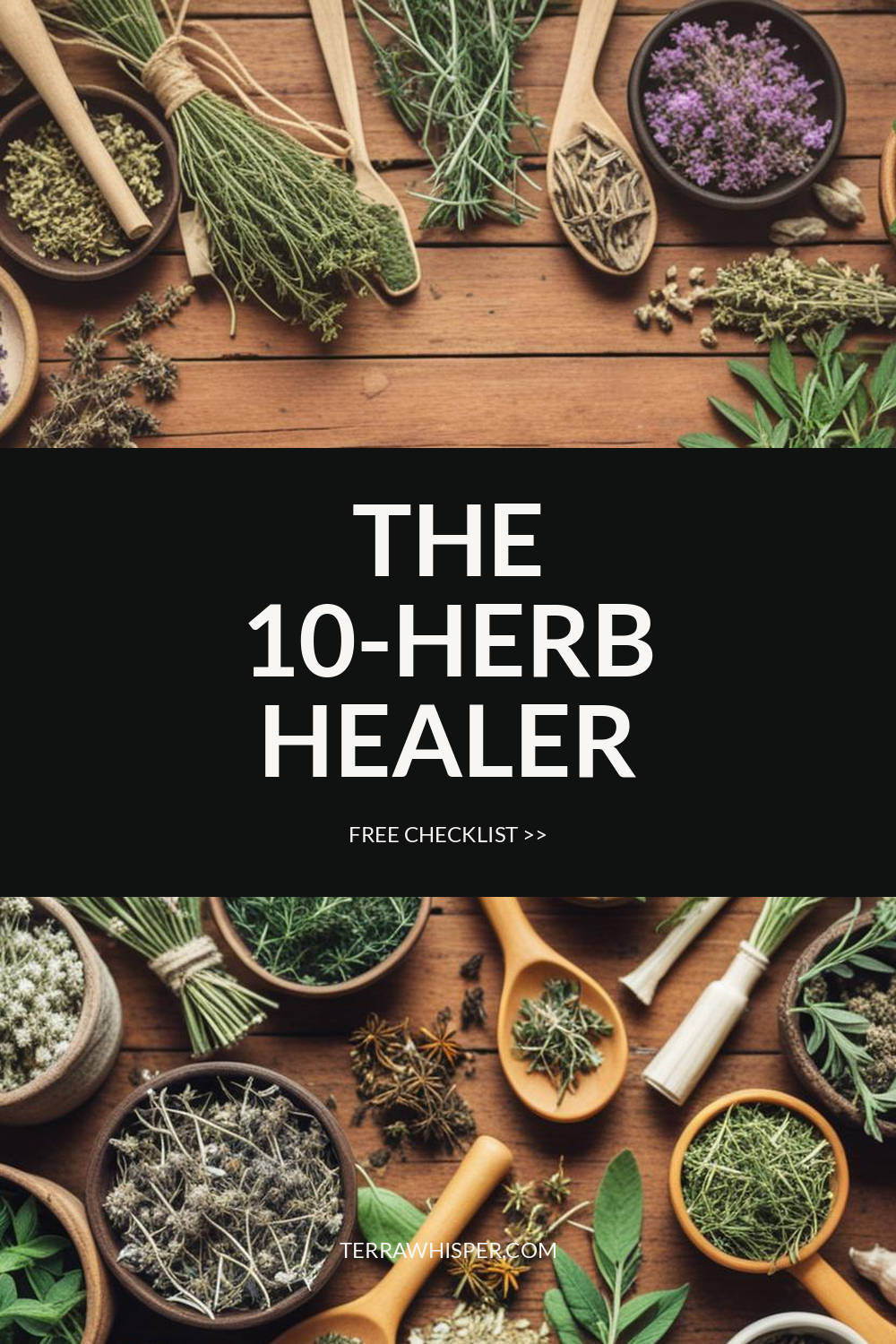Oregano (Origanum Vulgare)
Information Reliability Score: 2/10
This score reflects the overall reliability of the information presented in this article. It is based on the quality of scientific evidence, accuracy of sources, and the transparency of references related to Origanum vulgare.
Oregano, scientifically known as Origanum vulgare, is a medicinal herb, adaptogen, and spice widely used for its therapeutic and culinary properties. It is rich in antioxidants, essential oils, and compounds like carvacrol and thymol, which contribute to its antimicrobial, anti-inflammatory, and digestive benefits. Traditionally, oregano has been used in Mediterranean cultures for treating respiratory infections, digestive issues, and as a natural preservative in food. In modern wellness, it is incorporated into herbal remedies, aromatherapy, and as a dietary supplement to support immune function and gut health. Its distinctive flavor, derived from its high concentration of volatile oils, has made it a staple in cuisines worldwide, while its historical use dates back to ancient Greek and Roman medicine.
FREE CHECKLIST
The Only 10 Herbs You Need to Heal 90% of Common Ailments.

